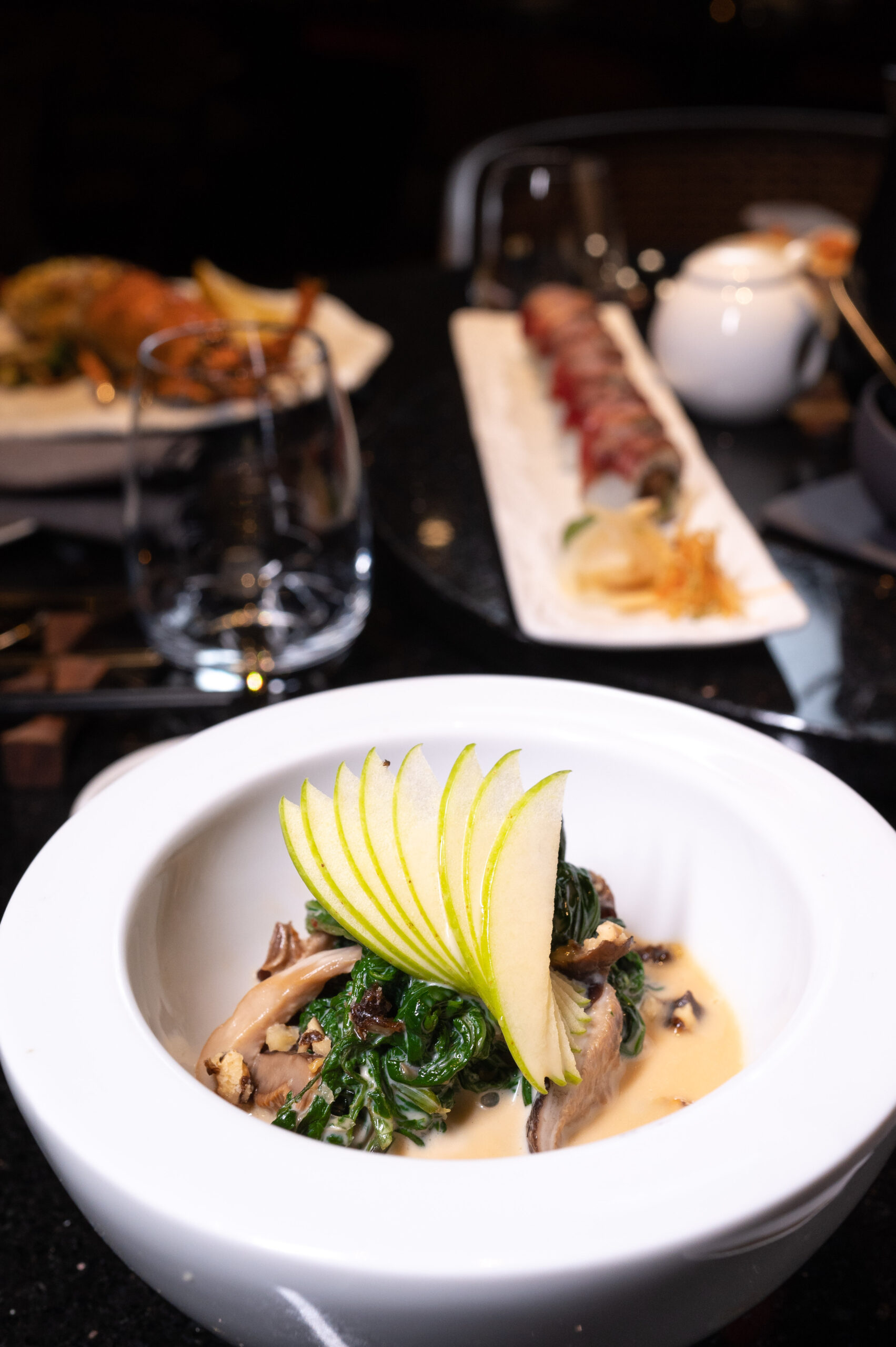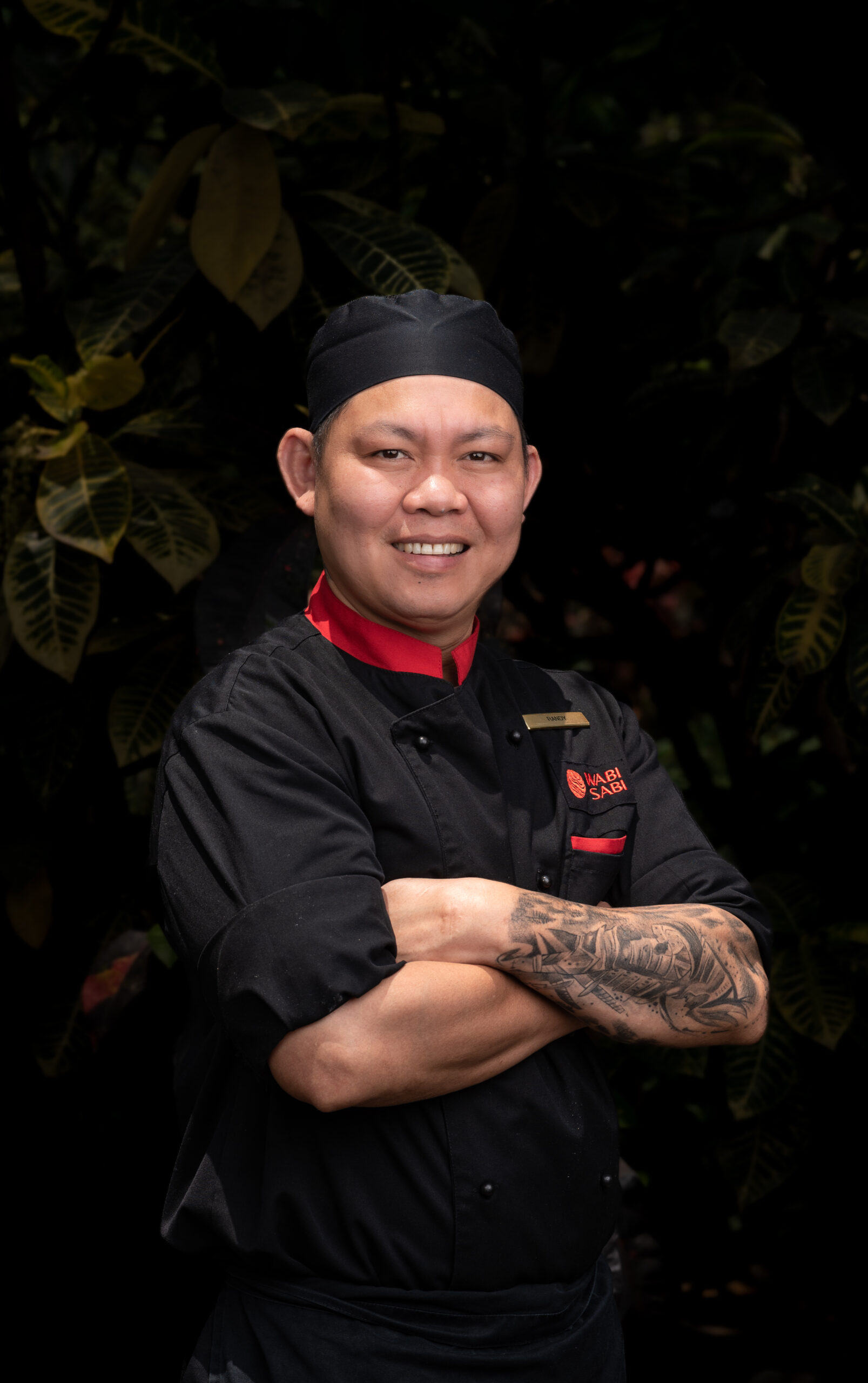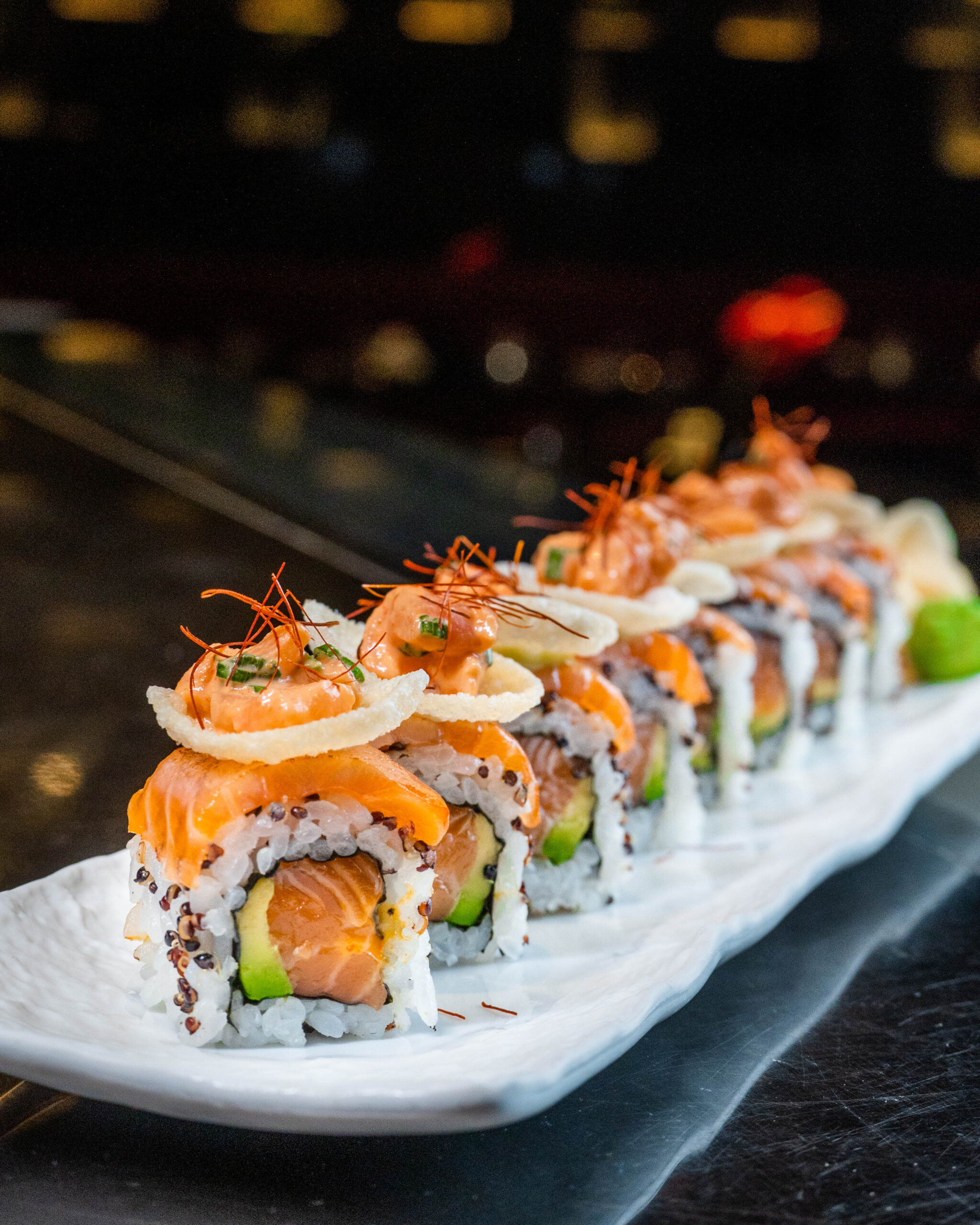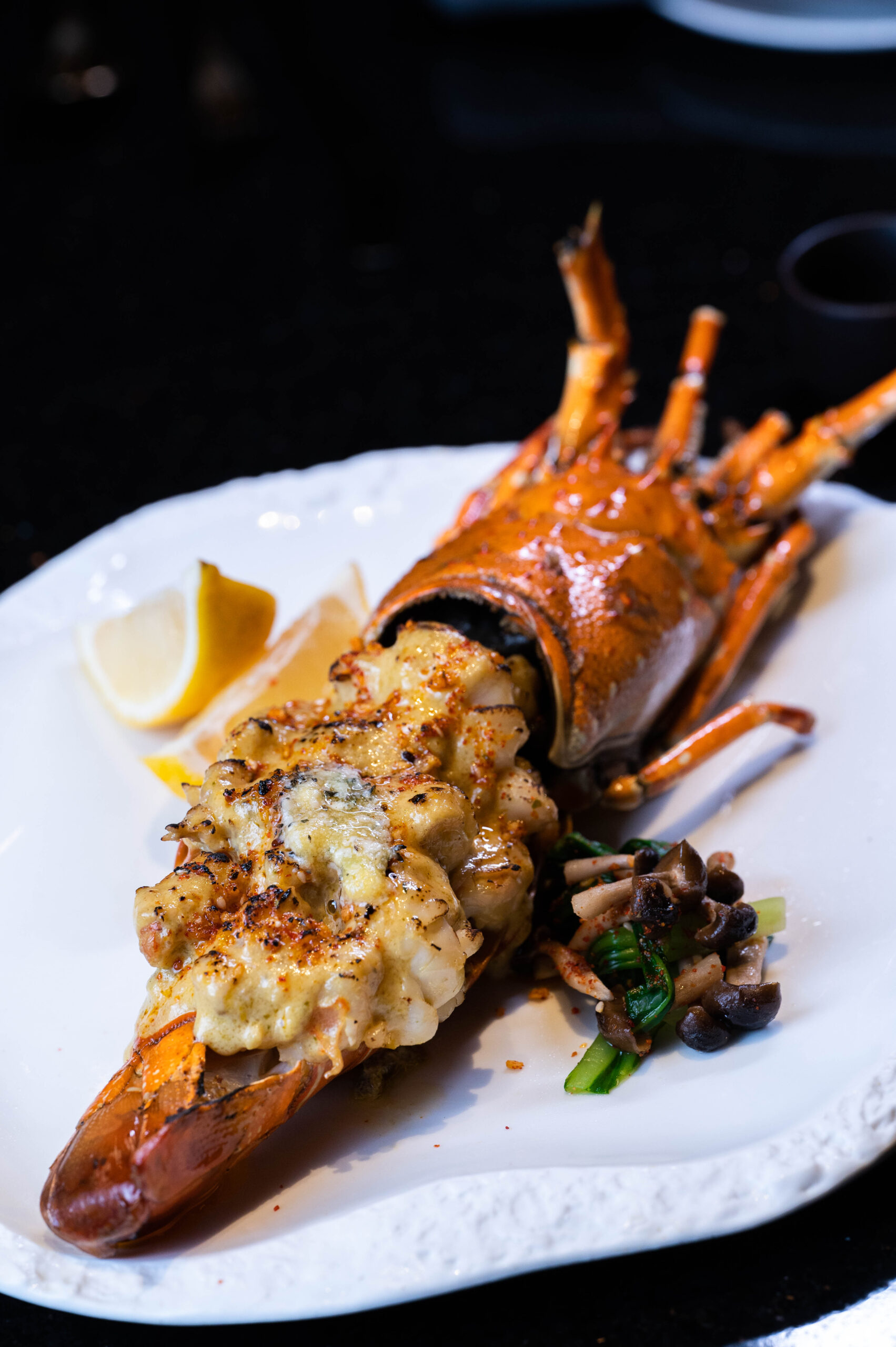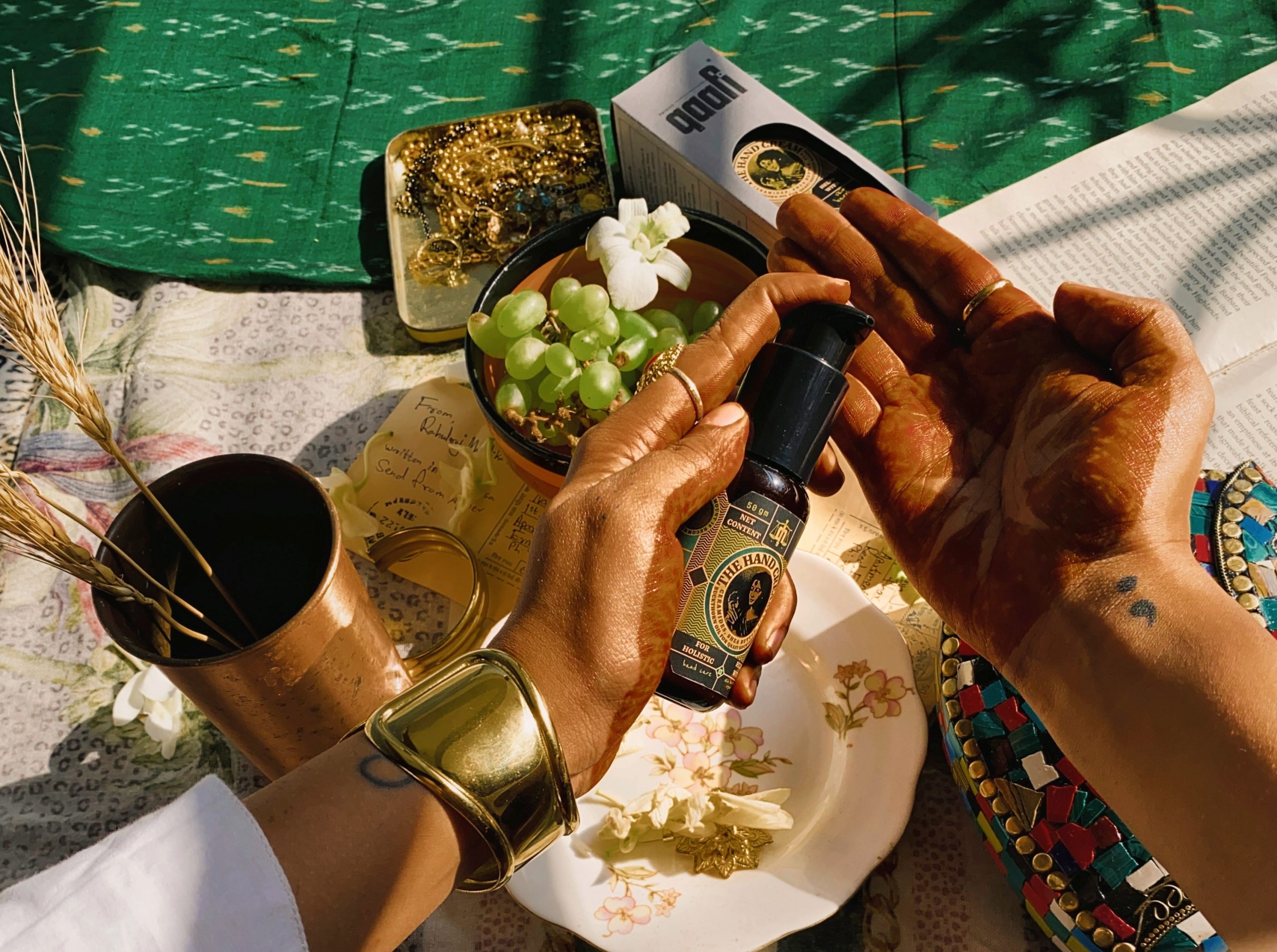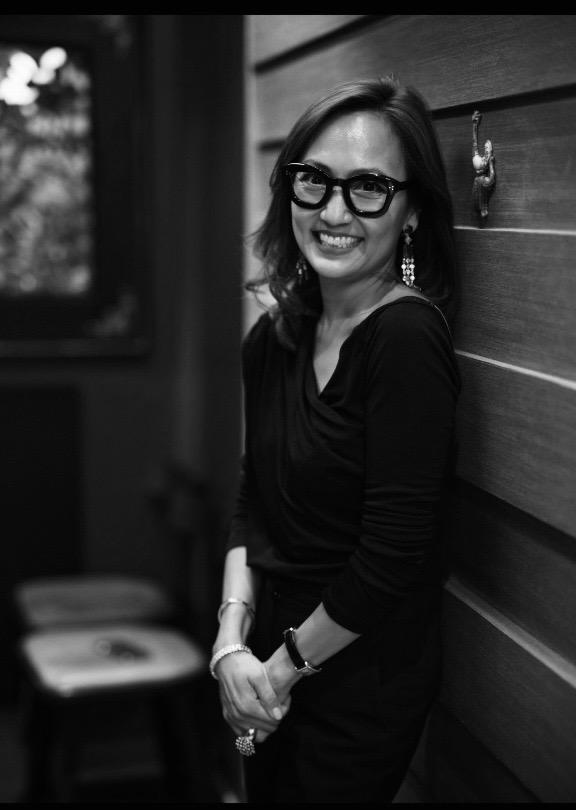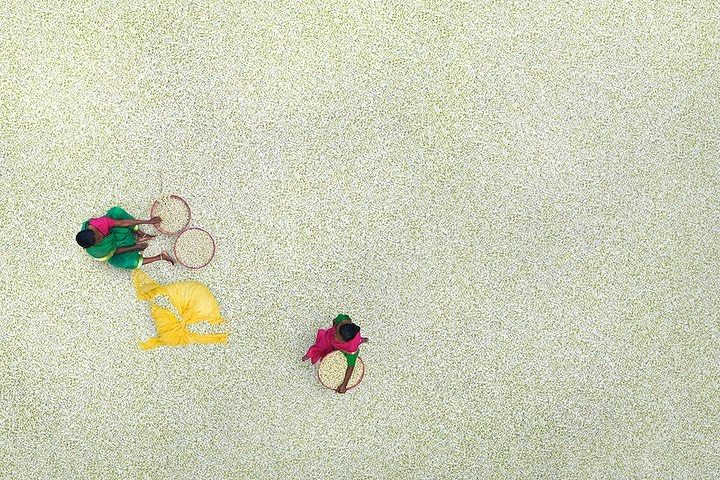Ditching mixed martial arts and criminology studies to become a chef, Randy Cultivo tells us how he got his Japanese groove on.
Randy Cultivo may have wanted to become a criminologist. He even did a short stint in mixed martial arts for a bit. But his family genes and the call of the kitchen were impossible to ignore. Moving between tables at The Oberoi’s fine dining Asian restaurant, Wabi Sabi, he dazzles diners with flashes of his searing blow torch, sashimi knife, and Samurai tattoo.
“My parents ran a restaurant in Naga City, Philippines. My two brothers are chefs. My daughters are hospitality professionals. Cooking and hospitality are in my DNA. During my criminology course, I worked part time in the campus kitchen, where I was clearly a natural. It took only a little convincing from my father to switch from a career in law enforcement to becoming a chef,” he smiles.
Randy Cultivo
Cultivo is passionate about all things Japanese, and with good reason. In his words, “I’m largely self-taught, as I was fortunate enough to learn under some of the best Japanese chefs in the business—in the Philippines, Dubai, Abu Dhabi, Mauritius, and Doha. They are relentless when it comes to attention to detail and strict discipline. My icons are Chef Matsuhisa Nobu and Chef Jiru Ono.”
To a newbie, making sushi may sound simple. After all, how hard can it be to roll seaweed, rice, and fish together?
Well, it takes a minimum of ten years to become a decent sushi chef in Japan. And if you earn the title of head sushi chef, or Itamae in Japanese, which translates to “in front of the board”, it is a huge honour! The Itamae also needs to be a multi-tasker, in charge of entertaining and billing guests in traditional sushi restaurants,” he explains, and goes on to say that to make quality sushi, one has to have expert knife skills or one can easily ruin delicate fish like salmon and bluefin tuna.”
Apparently, rice cakes with a precise balance of vinegar are a special skill and carefully guarded secret in sushi restaurants. Cultivo describes how a wannabe sushi chef generally starts as a cleaner and will hopefully graduate to the status of a ‘rice maker’ before becoming a wakiita, which means he’s allowed ‘near the cutting board’. And it takes a lot of further training before he gets his own set of sushi knives. That’s why Cultivo’s Yanagiba sashimi knife, chopping board, and 8000-grit sharpening stone are his indispensable kitchen tools.
While he did take on a few short-term training courses, most of his cooking skills were honed on the job, under the eagle eye of Japanese sushi masters. And his philosophy as a sushi-sashimi chef is to constantly create new dishes. Delicately searing his food with a blow torch or unveiling a spectacular lobster at the table ensures just the right amount of drama to complement the taste and texture of his signature recipes. “One of my signatures is Kiwami premium Wagyu beef. It’s juicy tenderness guarantees an unreal culinary experience, but while I am not fussy about ingredients, seafood is my all-time favourite to work with,” he says.
But of course, like most fine dining chefs, his guilty pleasures vary from KFC and McDonald’s takeout to picnics with beer and salted cashew nuts to dishing up roasted sweet potatoes with butter sauce at a potluck. On the other hand, he would pamper his wife with uni (sea urchin) and caviar, and given a choice, his last meal would be rib eye steak with Champagne. Although his comfort food is chicken or pork adobo, the classic Filipino dish, he is always open to trying new flavours and experimenting with different cuisines. He believes that food is a way to connect with people and create lasting memories, and he is constantly seeking inspiration from his travels and interactions with other chefs.
Words Jackie Pinto
Images Courtesy of Wabi Sabi at The Oberoi
